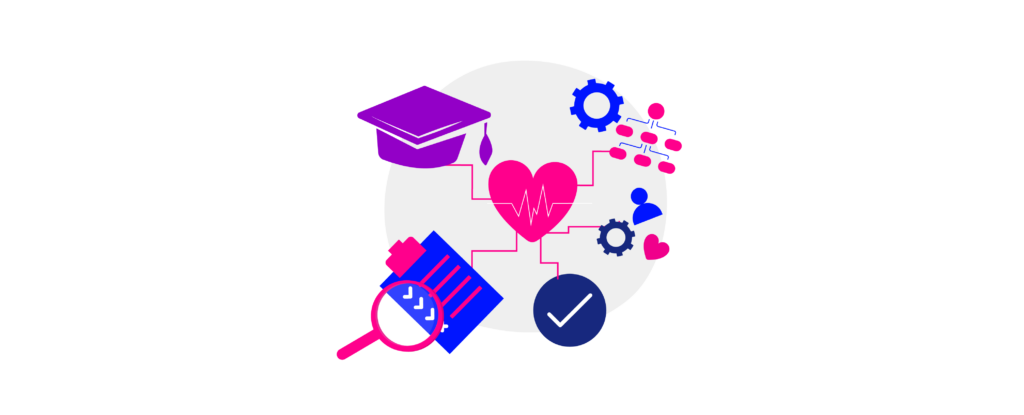- iRevolution

We hear it all the time: “What’s valuable is data”.
It’s absolutely true: owning data means owning the means to offer unique and innovative services tomorrow.
AI needs data to be trained. Without data, there’s little chance of innovative AI-based services.
Many have taken shortcuts to get as much health data as possible, but we’re forgetting 2 major parameters:
We're in the healthcare business, so we have to prove how we've achieved a result: if the data is not of the right quality and doesn't use healthcare reference systems, the solution will never be certified as a Medical Device (MD).
It is therefore vital, right from the concept phase, to build your data model in compliance with standards. By respecting terminology and structure standards, you can validate your solutions and facilitate connections / interfaces with existing systems.
In France, there is no single official healthcare data terminology repository,
but there are several resources that provide standardized terminologies for
different healthcare domains.
SNOMED CT terminology
CIMI-2:
CIMI-2 (Catalogue International des Maladies de l'Oms - 2th Révision) is an international classification of diseases used in France for the collection and analysis of health statistics.
ICD2 terminology
ICD-10:ICD-10 (International Classification of Diseases - 10th Revision)
is an international classification of diseases used in France for coding medical diagnoses.
CIM10 terminology
● G-HES: G-HES (Groupage Homogène des Séjours)
is a French coding system used to classify hospital stays.s
hospitaliers.
● NDF-RP: NDF-RP (Nomenclature des Données de Facturation des Prestations
de Santé - Répertoire des Produits) is a French nomenclature for healthcare products,
including drugs, medical devices and common healthcare products.
● LOINC: LOINC (Logical Observation Identifiers Names and Codes)
is a standardized terminology for laboratory results.e.
● HL7 V2: HL7 V2 (Health Level 7 Version 2) is an electronic
messaging standard for health data exchange.
● FHIR: FHIR (Fast Healthcare Interoperability Resources) is an
emerging standard for resource-based healthcare data exchange.
The choice of terminology to be used depends on the specific needs of the user. It is important to choose a terminology that is well standardized, kept up to date and adapted to the application domain.
It is also important to note that the use of healthcare terminologies raises important ethical and regulatory issues that need to be carefully considered. It is essential to ensure that patient data is protected, that terminologies are transparent and explainable, and that algorithms are not biased or discriminatory.
We hope this information will help you better understand the French healthcare data terminology guidelines.
At iRevolution, we offer low-code platforms dedicated to healthcare that comply with these standards.
As a result, your solutions will effortlessly comply with the standards that guarantee the future of your solutions.
iRevolution © 2024 All rights reserved.